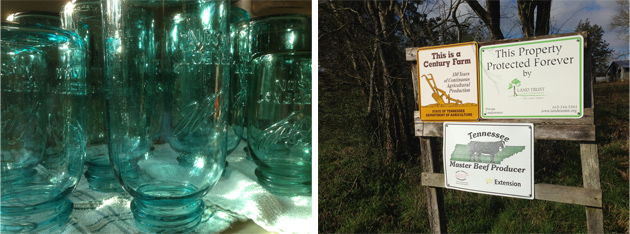
This week I helped a friend go through his mother’s attic at their historic Century Farm in nearby Readyville, TN and was reminded of a different time in our nation’s history.
Mary Dee Ready Cates grew up there during the Great Depression and appeared to have kept every scrap rag and glass jar they ever used. I was amazed at all of the American name brands on stuff she kept that simply don’t exist anymore. Steve gave me several of these old two and one quart blue Ball Perfect Mason jars pictured above that we found in the rafters around the chimney as well as an old pressure cooker Mary used to can food. They were some of the only items made by American companies that still exist today.

It’s an era that’s easy to romanticize in hindsight, but for many rural citizens in Tennessee at the time poverty was its own Great Depression. My grandmother told me her family knew there was a Depression going on but already lived so hard it didn’t bother them as much. They made their own clothes, toys and food. Things like oranges and chocolate were luxuries. For her family, the lessons of the time weren’t about being prepared as much as it was about being humble.
During the Great Recession, you would never have known we were a nation at war struggling to pay our bills watching the media’s reflection of a consumer culture in complete denial. If it weren’t for our investments in national infrastructure and social safety nets since the Great Depression, that would be a very different story.
We are fortunate to have so many choices today in how we struggle as a nation. Do we value the lowest price and the easy way out of hard work in exchange for the not so hidden costs to our communities, or do we heed the lesson to value something bigger? Humility, living modestly and sustainably, are values that are as important today as they’ve ever been.

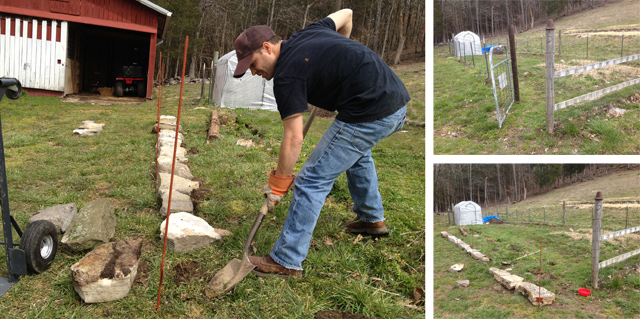
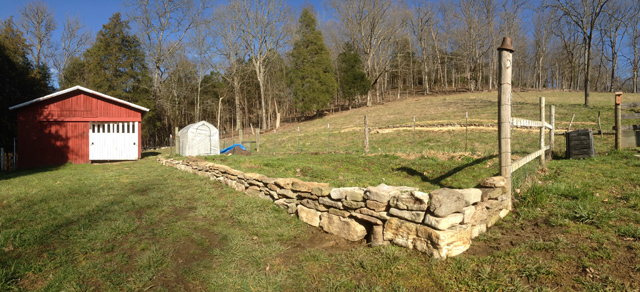
















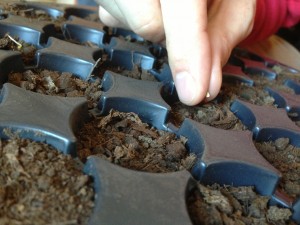
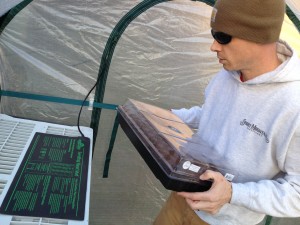
 I had no real plans to go all out and build a stone wall on the upper sides of my terraced garden sections, but here I go.
I had no real plans to go all out and build a stone wall on the upper sides of my terraced garden sections, but here I go.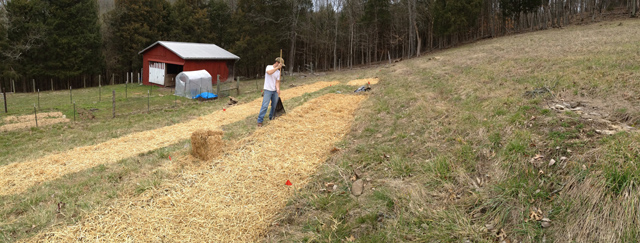
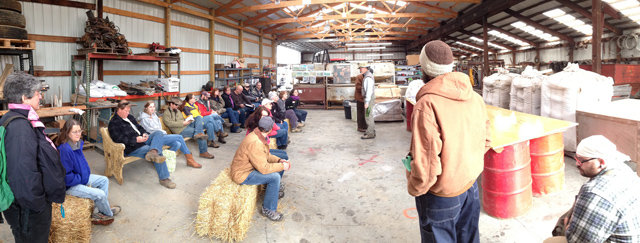
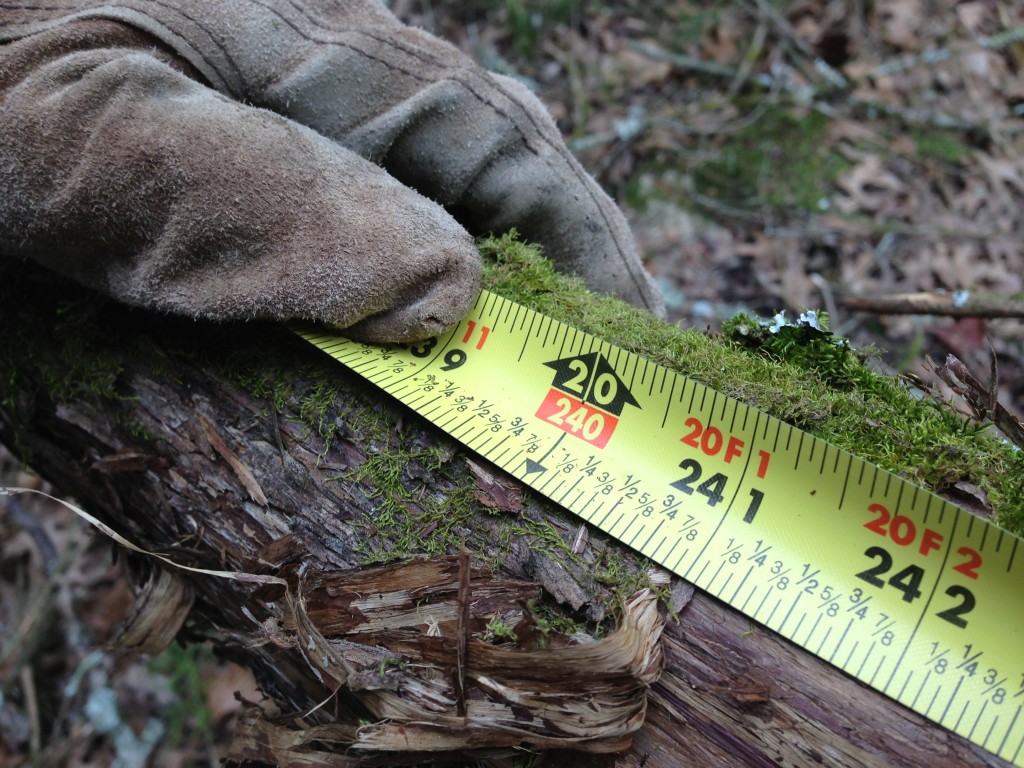 I spent part of the morning in the woods cutting three 20 feet cedar posts for our first bed of organic hops. The “bines” will grow that tall every year starting around the second or third year.
I spent part of the morning in the woods cutting three 20 feet cedar posts for our first bed of organic hops. The “bines” will grow that tall every year starting around the second or third year.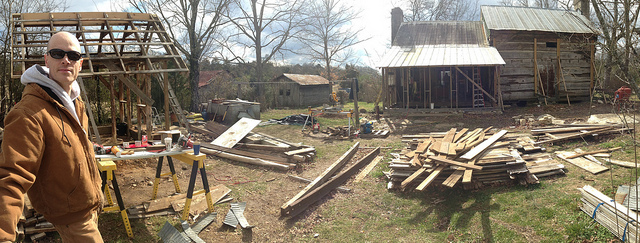
 Part of our organic farm’s integrated pest management plan calls for the use of hosted beneficial birds as natural predators. Earlier this week I asked a couple of friends and folks at the
Part of our organic farm’s integrated pest management plan calls for the use of hosted beneficial birds as natural predators. Earlier this week I asked a couple of friends and folks at the